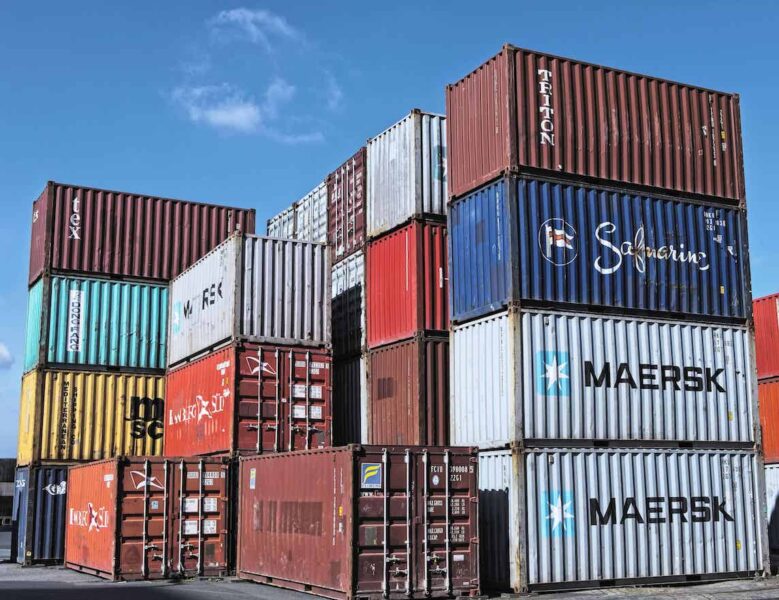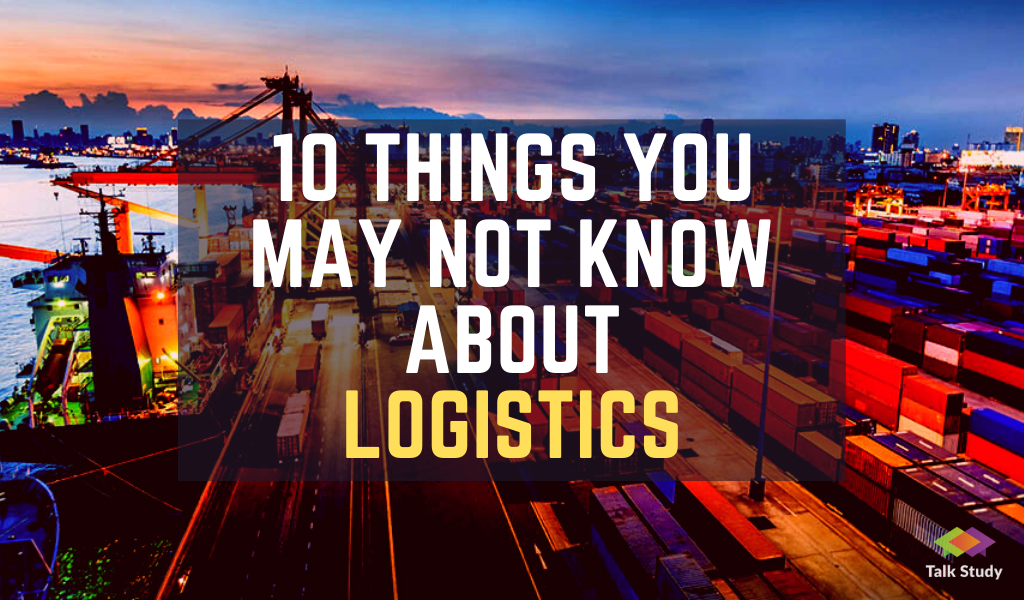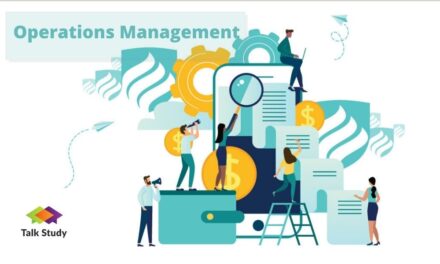Logistics teams are the unsung heroes of the coffee world. Most of their work is invisible, but without it, coffee would never be reached the destinations. We know that logistics can seem like a black box, so we’ve assembled our list of 10 things you may not know about logistics.
1. You need mad juggling skills
Finding transport from the dry mill to the port can be quite difficult. In some regions, trucking companies are only 1 or 2 trucks, so our logistics team must contract with many small companies at once to move the volumes of coffee we’re transporting. This inevitably means a lot of moving pieces, and our logistics team members monitoring every step of every shipment.
With so many steps, it’s kind of awe-inspiring that coffees arrive at all, says Raphaelle Hemmerlin, Head of Logistics and Operational Efficiency for Sucafina SA. Raphaelle has worked in logistics for nearly 14 years and has visited ports all over the world, from Mombasa to Antwerp, where she has witnessed the intricacy of the supply chain first hand.
“It’s incredible how well it all works. It’s absolutely magic that things get from point A to point B, especially since it’s more like point A to point Z, considering the number of steps between the dry mill and our roasting clients,” Raphaelle says. Being familiar with transport routes in-country and port capacity is a crucial aspect of making this magic happen.
2. Relationships are the cornerstone of good logistics
Good logistics operators need to cultivate all kinds of relationships across the supply chain.
“We are a company that works with our vendors,” says Jackie Doray, North America Logistics Manager, based in our New York City office. “We don’t believe in being authoritarian. This, in return, pays well for the customer because, when we need it, we can ask a favor.”

The service we offer is forged by good relationships. “If you don’t make your relationships special or unique, you’re just a customer with a box,” Raphaelle explains. “And the moment you have a critical issue, you have no way to get the attention you need to solve the problem.”
“It’s about conveying the value our collaboration can bring to them – market share, our extensive origin operations, our global information network – and providing context about the specifics of coffee logistics,” Jackie says. “You have to give context to make it clear why we’re asking what we’re asking. We take the time to explain how heat can impact coffee beans when they sit in the port or on a ship and why it’s important to not puncture GrainPro bags.”
These relationships are also important to our warehouse partners. “If we need something urgently, we can ask them to prioritize it for us,” says Sasha Stepchuk, Logistics Coordinator in our Antwerp office. “Sometimes, truckers get stuck in traffic and can’t get to the warehouse in time for loading. Normally they’d have come back the next day, but if we know they’re close by, we can speak with our contacts at the warehouse and ask them to wait for the trucker. Most of the time they’ll agree to wait.”
3. Logistics requires the 6th sense
Two factors that can drastically impact shipping are politics and weather, Jackie says. Political upheaval can close ports or limit the number of ships that call at specific ports. Recently, due to the coronavirus pandemic “we’ve seen the number of available cargo ships drop in many areas from 4-5 ships leaving each month to only 1 or 2 ships per month,” says Nhan Nguyen, Specialty Logistics Team Leader in Ho Chi Minh City. “With fewer ships, if coffee misses its scheduled ship, it might have to wait an entire month before it can be shipped to our warehouses.”
“In the US, we’re in hurricane season, and ports might need to shut down to prepare for big storms and ships may leave port early, stay at sea longer or go to a different port altogether,” says Jackie. Bad weather also affects the inland movement. “Icy roads can cause truck drivers to lose hours or even days of travel time.”
“With 20+ years in the industry, I have a 6th sense when it comes to weather,” she says, only half-joking. “I pay close attention and make sure that my team is aware of any incoming storms, and I read the news closely to watch for geopolitical situations.”
4. Size really does matter
A global network is indispensable when it comes to keeping track of events all over the world. Our logistics team members communicate across geographies – origin to destination – constantly. Jackie says that local teams are her first stop for information on how an event might impact shipping in any one place.
“As a worldwide company, it’s so much easier to get information from your sister companies,” Jackie says. “When I worked at smaller companies, we often had to rely on third-parties for information. At Sucafina, I can rely on my colleagues for accurate, up-to-date information.”
5. When done well, logistics warps time & space
The shortest route isn’t always the fastest. An earlier departure doesn’t mean a quicker arrival. In many ways, logistics defy conventional logic.
Logistics team members must look at an enormous number of shipping routes and times. A ‘direct’ trip, where the coffee will travel to the destination port on one ship, seems faster, right? Not quite, Jackie explains. Direct is not non-stop. That ship might make so many stops in-between that it takes longer than a multi-transfer trip on several different ships, which are usually the fastest way.
“It’s really complex to do all these calculations. There’s a lot of information to navigate. But we’re always asking ourselves how we can add value to our clients, and one of those ways is in finding the most efficient shipping methods. We all work together — the origin and destination teams — to crunch the numbers and find the best routes,” Raphaelle says.
Maybe you’re interested in: The Skills You Need to Succeed in Operations Management
What Employers Want to See in Your Institution’s Graduates
6. Logistics never sleeps
“From my experience, just sending an email with the instructions is not enough. You need to follow it. You need to know how your warehouse works and ensure everything gets done,” Nhan says. “Just because you don’t hear anything doesn’t mean everything is running smoothly. I tell my team that in logistics, we should always know about any delays before the client, and that means watching the shipment to make sure we know immediately if an issue might cause a delay.”
Sasha explains that good logistics also involves double-checking the work of others and yourself. “We watch each shipment very closely to ensure that we catch errors as quickly as possible,” Sasha says. For instance, sometimes a pallet gets loaded onto the wrong truck but, thanks to the team’s vigilance, Sasha says, they usually catch those errors before the trucks leave, saving a huge amount of time for everyone. “We have several verification layers in place to double-check each other,” she says.
7. Logistics is customer-oriented
Customer service in coffee begins with working with different budgets, lot sizes and qualities to find the right coffee for each client but it doesn’t end there. In order to cater to our client’s varied and busy lives, our logistics and sales teams are constantly refining their communication methods. “How we contact clients depends on our knowledge of their lives,” Nhan explains.
“We pride ourselves in knowing our clients, their needs and how to get a hold of them. We don’t just send everybody an email to notify them of an issue, because we know that not everyone can check their emails every day. We are also developing Wechat and Whatsapp logistics accounts to communicate with clients in areas where email is not common.“
According to Nhan, customer-orientation means that, “Our client can feel confident knowing that we’ll do everything we possibly can to make sure their coffees arrive on time. And that we’ll communicate any delays when they occur. Good logistics is peace of mind for our clients.”
8. The black box is an ACTUAL box
Before the 1970s all items, including commodities like coffee, were shipped loose, piled into ships’ holds by hand. This process was labor-intensive and it could take up to 3 weeks at each port to unload a ship.
‘Containerization’ is the term for the rise of uniform shipping containers. Their standardization made shipping lightyears more efficient. Today, ports are so efficient that they often unload and load a ship at the same time.
Thanks to containerization, we are able to ship coffees around the world faster and maintain higher quality than ever before. These technological innovations have made it possible for consumers to enjoy the delicate florals and distinct fruits—among the first flavors to disappear when coffee degrades—of coffee from across the world.
9. You need to think outside (and inside) the box

Containerization gives us much more control over the surrounding environment. Previously, coffee bags would wait at port alongside other goods. Now, we can minimize negative impacts from external exposures.
“You don’t choose the ship, you choose the quality of the container.”
Raphaelle says
“Coffee is an agricultural product, and we need to protect it. We ask for bamboo floors, ensure there are no chemicals, no odors and no holes in the container.”
“We’re working to drive innovation forward and make container shipping even smarter,” says Raphaelle, speaking of Sucafina’s work with a company developing sensors that monitor conditions in and around a container. “You attach the device to the door of the container and it gives you GPS, temperature, any shocks the container experiences and when the doors are opened.”
We’re currently in the data collection stage, but Raphaelle and the logistics team plan to leverage the data collected to innovate container design, make shipping more efficient and enable us to deliver even better coffee quality.
10. You need to understand physics
In addition to the design of the container, how you ‘stuff’ a container (lingo for ‘fill’) matters. Coffee bags should be packed in a very specific manner to minimize surface contact with air to prevent condensation, damage or aging. Whereas it might seem intuitive to stack bags into tall piles, it’s much better to pack bags in staggered lines — the way builders stack bricks. This stacking method limits the space between each bag and protects the coffee during transport.
To ensure that containers are loaded properly, the logistics team reviews images of every container of coffee packed and shipped by or for Sucafina. In another example of far-reaching networks and good relationships, our logistics teams have contacts at every location where containers are loaded. These contacts take pictures and email them to logistics team members like Raphaelle, who review the images before greenlighting the container’s shipment.
Are you student or graduate finding a job? Learn more about other occupations or interesting tips HERE
Source https://sucafina.com/emea/news/10-things-you-may-not-know-about-logistics






Recent Comments